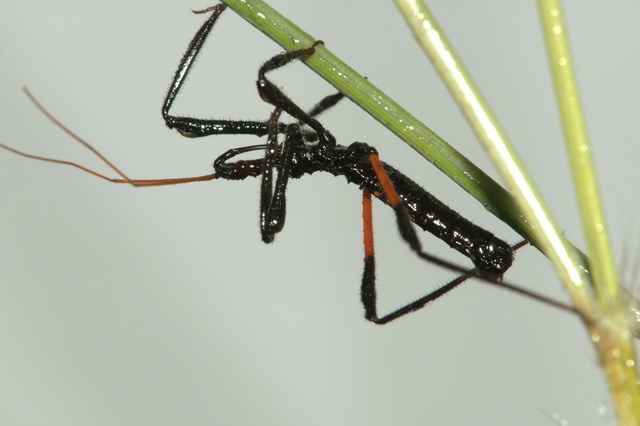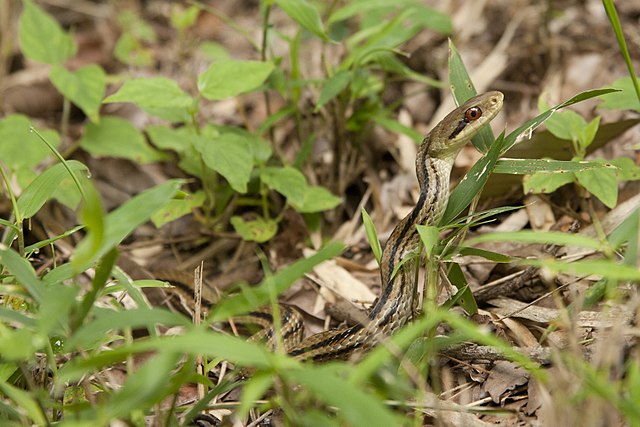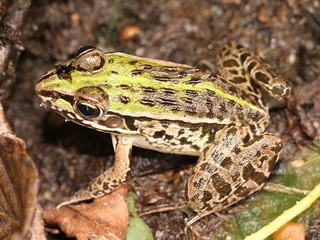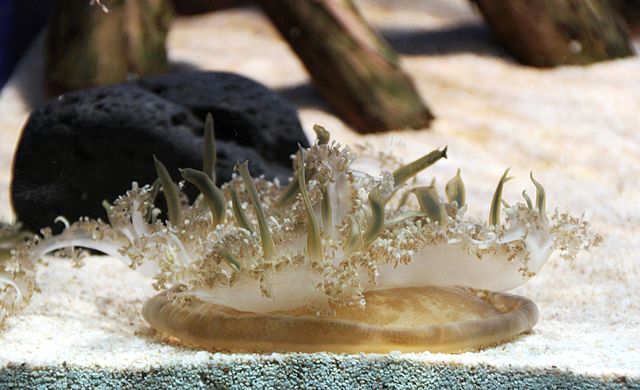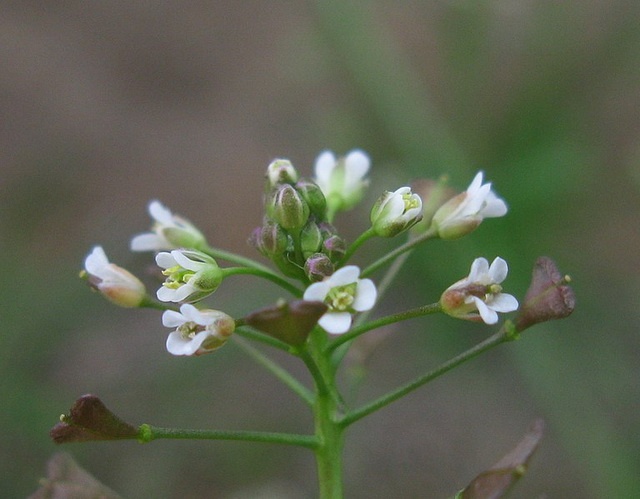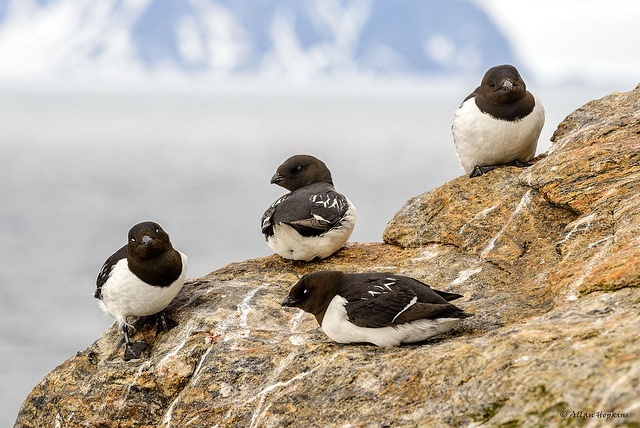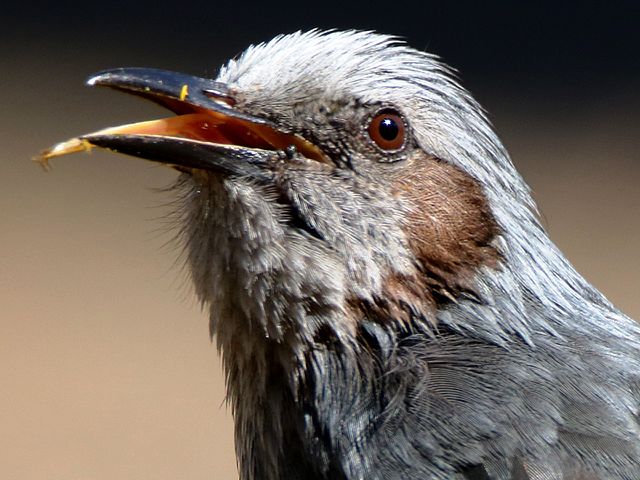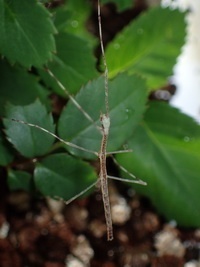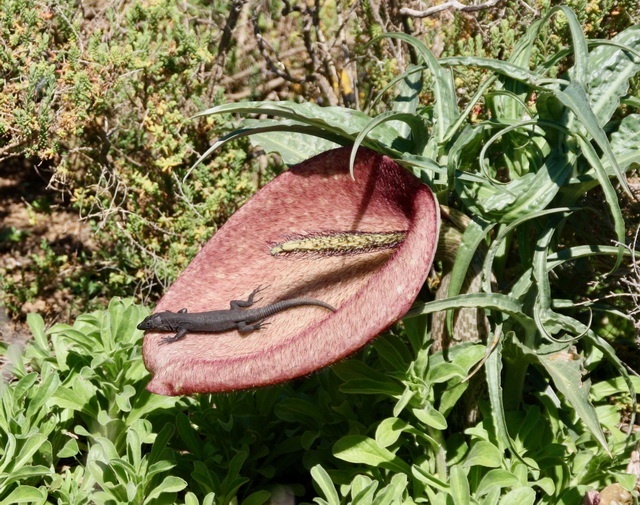Hunting trumpetfish swims closely alongside other fish to remain undetected

By swimming next to another fish, the trumpetfish can approach its prey closer without them noticing. It works, Samuel Matchette and colleagues observed.
In order to ‘surprise’ its prey when attacking, a trumpetfish keeps itself invisible. The elongate, extremely slender fish, typically just over half a meter long, often waits in vertical position between corals and sponges for prey to come close enough to strike; its prey are smaller fish and shrimp. As the predator fish takes on the background colour while waiting, it does not stand out.
But that strategy is useless in water with little cover. In such scenery, the predator applies another camouflage trick: it shadows a harmless fish by swimming very closely alongside it. And that works well, as Samuel Matchette and colleagues show: prey do not see their enemy approaching.
Clear response
The trumpetfish, Aulostomus maculatus, is related to seahorses and pipefish; it lives in the western part of the Atlantic Ocean. It was already known that it often swims aligned with other fish. It arches for instance over the back of a large fish, taking on that fish’s colour. The idea already existed that in doing so, it conceals its characteristic outline to approach its prey undetected. Fish that it hides behind are usually harmless herbivores, such as parrotfish, from which prey animals do not flee.
But the question still was: does it really work? Does it enable the predator to approach its prey more closely undetected?
On coral riffs near Curaçao, the researchers conducted tests that answered these questions in the affirmative.
They studied the defensive behaviour of bicolour damselfish (Stegastes partitus). These fish live in colonies, are on the menu of trumpetfish and react clearly when seeing a predatory fish: a few individuals inspect the predator and then all quickly seek shelter.
Models
Matchette and colleagues exposed damselfish colonies to a three-dimensional printed and painted model of a trumpetfish alone, a parrotfish alone, or a parrotfish with a trumpetfish attached. They moved those models over a colony, one at a time, and videotaped the colony’s reaction.
As might be expected, damselfish were not much startled by a parrotfish passing on its own. In contrast, they responded strongly to a trumpetfish; they inspected it intensively and then quickly retreated.
And the combination of parrotfish and trumpetfish? This did not elicit a stronger reaction than a parrotfish alone. Conclusion: bicoloured damselfish do not notice a trumpetfish that shadows a parrotfish. The camouflage trick – hiding behind moving fish – works well.
That is: as long as the parrotfish tolerates the company. It often chases the trumpetfish away.
Willy van Strien
Photo: Trumpetfish. Becky A. Dayhuff (Public Domain)
Shadowing behaviour on YouTube
Sources:
Matchette, S.R., C. Drerup, I.K. Davidson, S.D. Simpson, A.N. Radford & J.E. Herbert-Read, 2023. Predatory trumpetfish conceal themselves from their prey by swimming alongside other fish. Current Biology 33: R781-R802. Doi: 10.1016/j.cub.2023.05.075
Aronson, R., 1983. Foraging behavior of the west Atlantic trumpetfish, Aulostomus maculatus: use of large, herbivorous reef fishes as camouflage. Bulletin of Marine Science 33: 166-171.
